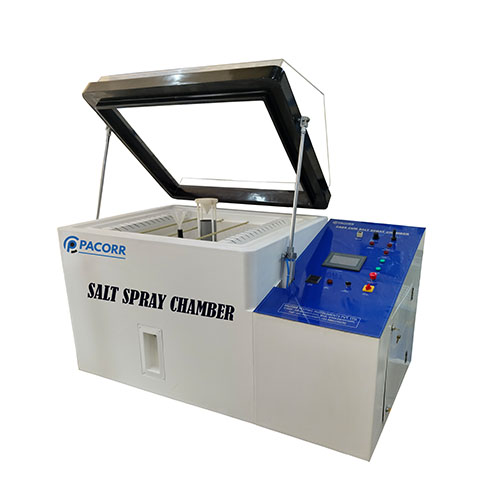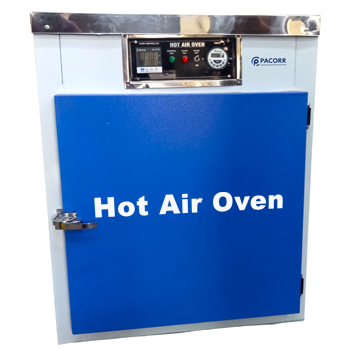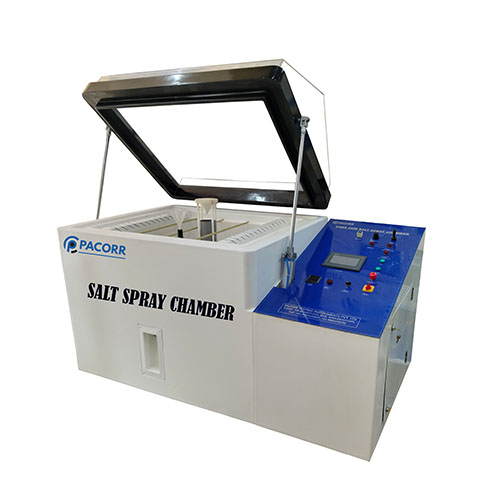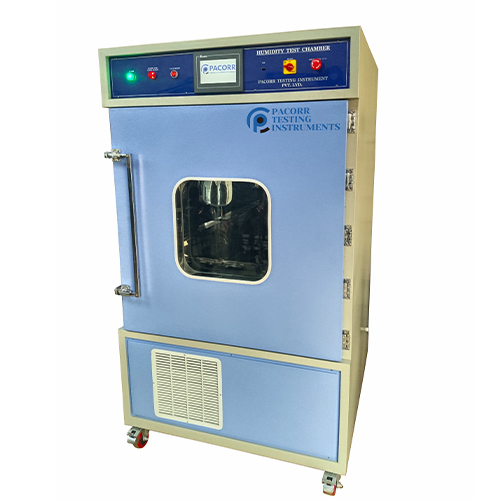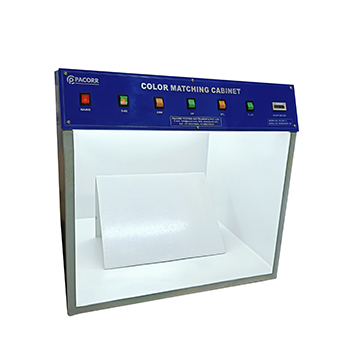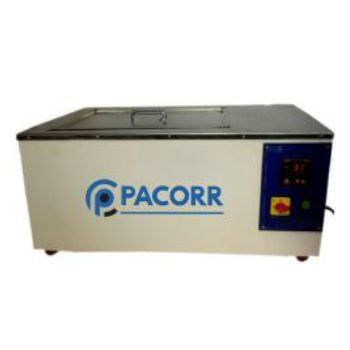Springs Testing Instruments
Springs Testing Instruments manufacturers and suppliers are responsible for ensuring providence of highly precise testing instruments that can be used by the manufacturers of spring for testing various aspects of the performance of the springs and ensure better quality of the products. Springs are mechanical gadgets that pull, push, wind, backing, lift, or ensure. They are utilized fundamentally I n mechanical congregations to give power—compressive, pliable, or twist—where they can be utilized to lift motor valves, open bite the dust sets, or hold batteries set up, to give some examples models. Springs are regularly twisted from wire, yet can be machined from strong steel, worked as chambers, framed as packs, stepped from steel, or gathered from different springs. Common wire springs show a power whose size increments directly as the spring is pushed, pulled, or turned. This conduct of linearity concerning the dislodging separation is known as Hooke's law movement. Springs are regularly specially made utilizing devoted wire winding machines that can twist wire through a given number of gives a particular length to deliver the important power steady for the specific application.
There are an assortment of spring types accessible, the determination of which relies upon the power or force required by the application and the operational conditions. The most well-known spring types include:
- Compression Springs
- Extension Springs
- Torsion Springs
- Constant Force Springs
- Belleville Springs
- Drawbar Springs
- Volute Springs
- Garter Springs
- Flat Springs
- Gas Springs
- Air Springs
A Compression spring will likewise have a free length and a strong length dependent on the quantity of curls, the wire width, and the style of the closures.
Augmentation springs will have a free length that is estimated over the range of the curls and the closures. For the most part, they are planned in light of a greatest burden to abstain from overstretching and the subsequent disappointment.
Torsion springs are worried about the direction of the two legs and they are commonly accessible in augmentations of 90 degrees of precise detachment. Handedness is a basic factor as a twist spring is intended to end up under the utilization of the heap.
Spring Rate
Spring rate is commonly steady for standard loop springs and speaks to the power the spring will apply for each gradual length of pressure (or expansion) and generally expressed as lbs. per inch. Spring rates can be made variable with uncommon plans.
Spring Ends Type
Pressure springs can be left open, that is with the helix of the spring proceeding with right to the furthest limit of the loops, yet for the most part, they are done here and there to give full curls to seating the springs. For light measure springs, the finishes are normally shut and left unground. Heavier check strings will ordinarily be shut and ground.
Pacorr offers the most vivid range of Spring Testing instruments that can be used in testing the properties of springs and hence ensure better quality of springs delivered to the customers. The instruments that are offered by Pacorr are highly accurate due to incorporation of new technology as well as due to following the guidelines set by quality standards authorities like ASTM and ISO.
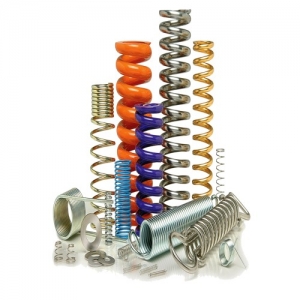
Thanks to Pacorr Testing instruments, we have all the required quality testing instruments that have helped us to ensure the best quality delivered to our clients.

Danish
Fair Exports Pvt. Ltd.

